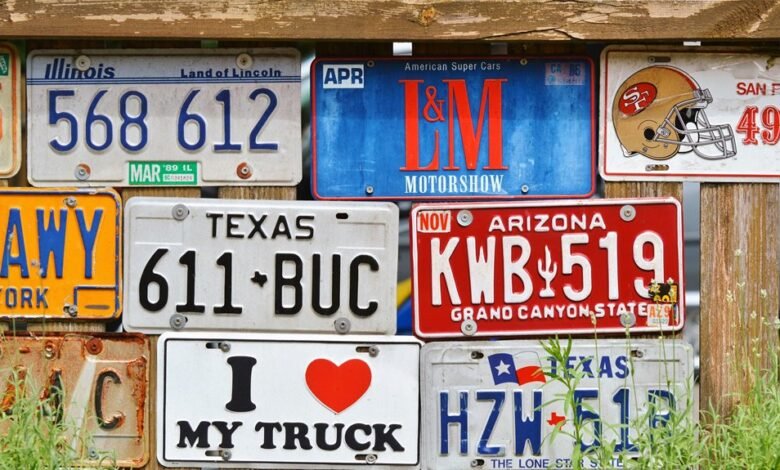Number Plate: Understanding Number Plates on Vehicles

Number plates serve as vital identifiers for vehicles, intertwining legal obligations and cultural expressions. Their evolution reflects societal changes and technological advancements. Various formats exist globally, influenced by regional regulations and personal preferences. Understanding the intricacies of these identifiers reveals their impact on law enforcement and public safety. Yet, the balance between individuality and compliance raises questions about the future of vehicle identification. What implications might these trends hold for society at large?
The History of Number Plates
Although the concept of vehicle identification dates back centuries, the modern history of number plates began in the early 20th century.
Their historical significance lies in enhancing accountability and enabling law enforcement.
The number plate evolution reflects societal changes, transitioning from simple identifiers to sophisticated systems.
This evolution embodies the balance between individual freedom and societal order, showcasing the importance of identification in modern mobility.
Global Variations in Number Plate Formats
The evolution of number plates has led to a diverse array of formats used around the world, reflecting unique cultural, legal, and administrative frameworks.
While some countries adhere to international standards, others emphasize cultural significance through distinctive designs.
This variation not only showcases national identity but also highlights how regulations and local customs intertwine, allowing for personal expression within the confines of vehicle registration.
Regulations Governing Number Plates
While many countries offer a degree of flexibility in the design and customization of number plates, strict regulations often govern their issuance and use to ensure uniformity and compliance with safety standards.
These legal requirements dictate aspects such as size, font, and reflective properties, balancing personalization with public safety.
Understanding these regulations empowers vehicle owners to navigate their rights while adhering to necessary protocols.
Conclusion
In the intricate tapestry of vehicle identification, number plates serve as both a badge of ownership and a crucial link in the chain of public safety. As they evolve, reflecting cultural nuances and stringent regulations, they remain steadfast guardians of accountability on the roads. Understanding their history and variations not only enriches our appreciation but also underscores their vital role in society. Like a silent witness, each plate tells a story of its own, connecting individuals and communities alike.





